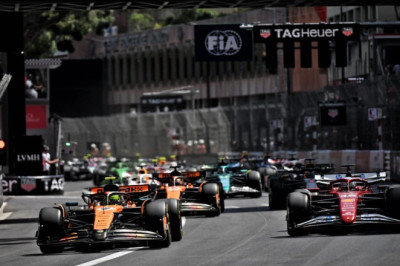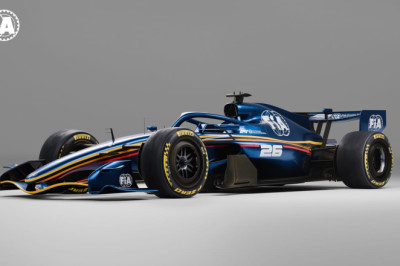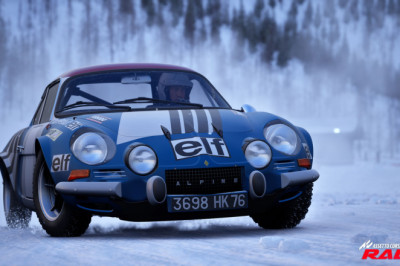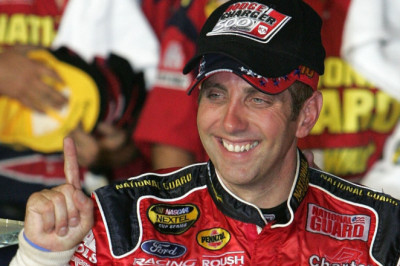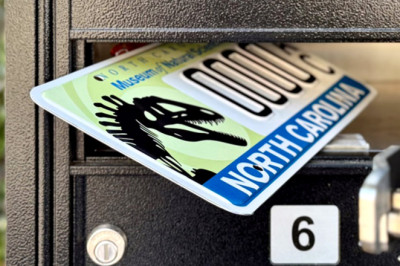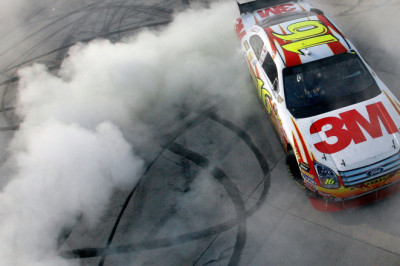
The 90s marked a turning point for car enthusiasts. After the unpredictable quirks of the 80s, the new decade brought a wave of reliability and dependability, without sacrificing the individuality and excitement that made each brand stand out. Cars were lighter, more nimble, and—crucially—more analog. Driving was a direct, visceral experience, with minimal electronic interference. Plato fondly recalls his own journey into car culture, from his first racing school in France to convincing his dad to buy a Peugeot 205 GTI, a car he remembers spinning more than once on the highway.
Hot hatches like the Golf GTI, Peugeot 205 GTI, and Renault 19 16V became icons, transforming everyday family cars into sporty, desirable machines. Manufacturers realized there was a market for “sexed up” versions of regular cars, adding alloy wheels, spoilers, and bold colors. These cars offered performance and fun at a price that made them accessible to a new generation of drivers.
The episode also highlights how car culture exploded in the 90s. Customization became a rite of passage—swapping out factory stereos, upgrading speakers, and adding personal touches. Car park meets, once rare, became a social phenomenon, fueled by magazines like Max Power and the rising influence of Japanese imports. Films like “The Fast and the Furious” and video games like Gran Turismo inspired countless young enthusiasts, cementing the 90s as the birthplace of modern car culture.
Driving in the 90s was about skill and connection. There was no traction control, no ABS—just you, the car, and the open road. Plato reminisces about the thrill of driving on empty country roads, learning to heel-and-toe, and feeling every vibration through the steering wheel. These cars demanded attention and rewarded drivers with a sense of ownership and pride.
Today, many of the once-ubiquitous 90s cars have vanished from the roads, but their legacy lives on in the hearts of those who drove them. The episode is a celebration of a golden era, reminding us that the best days of motoring were about more than just getting from A to B—they were about passion, creativity, and the pure joy of driving.






